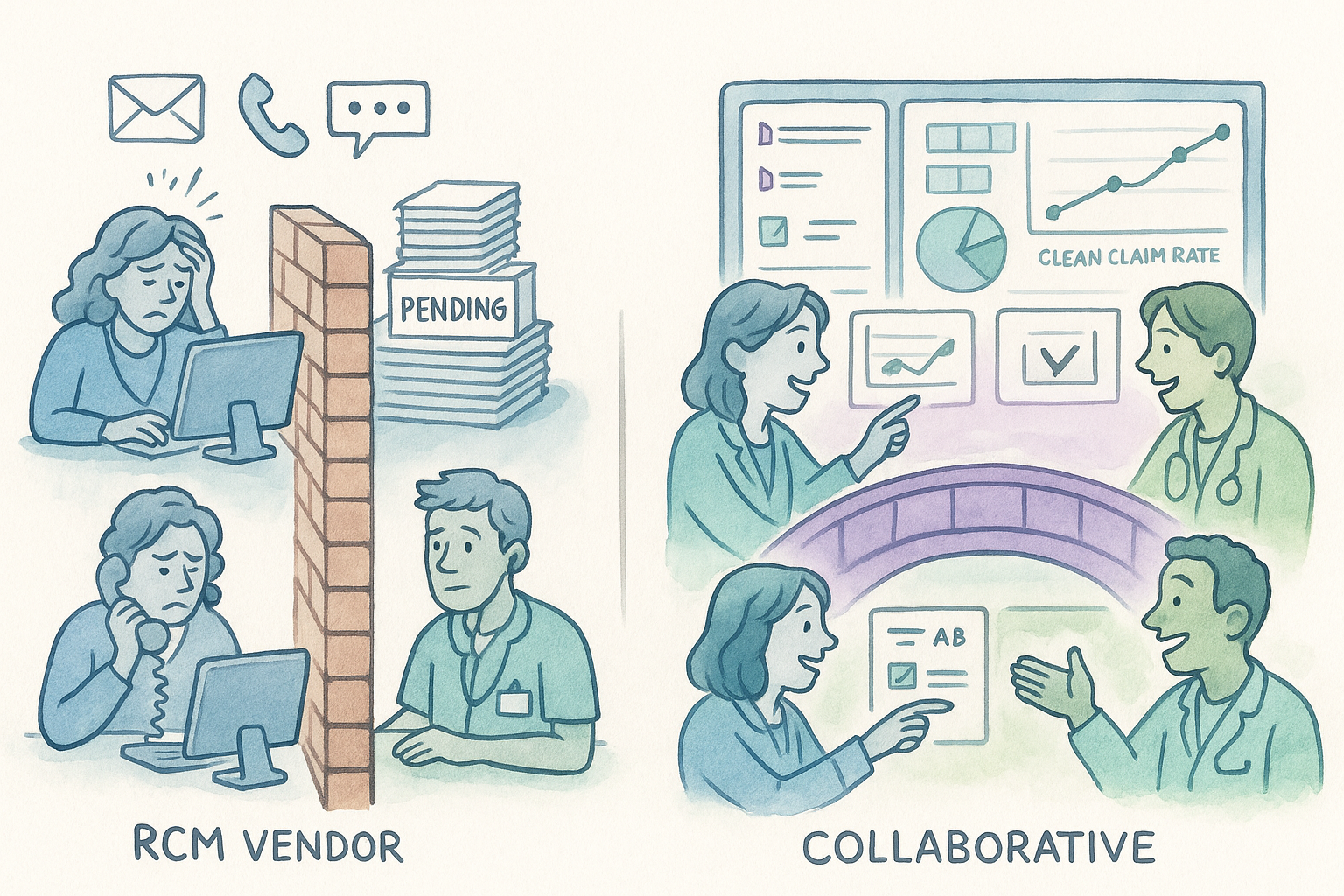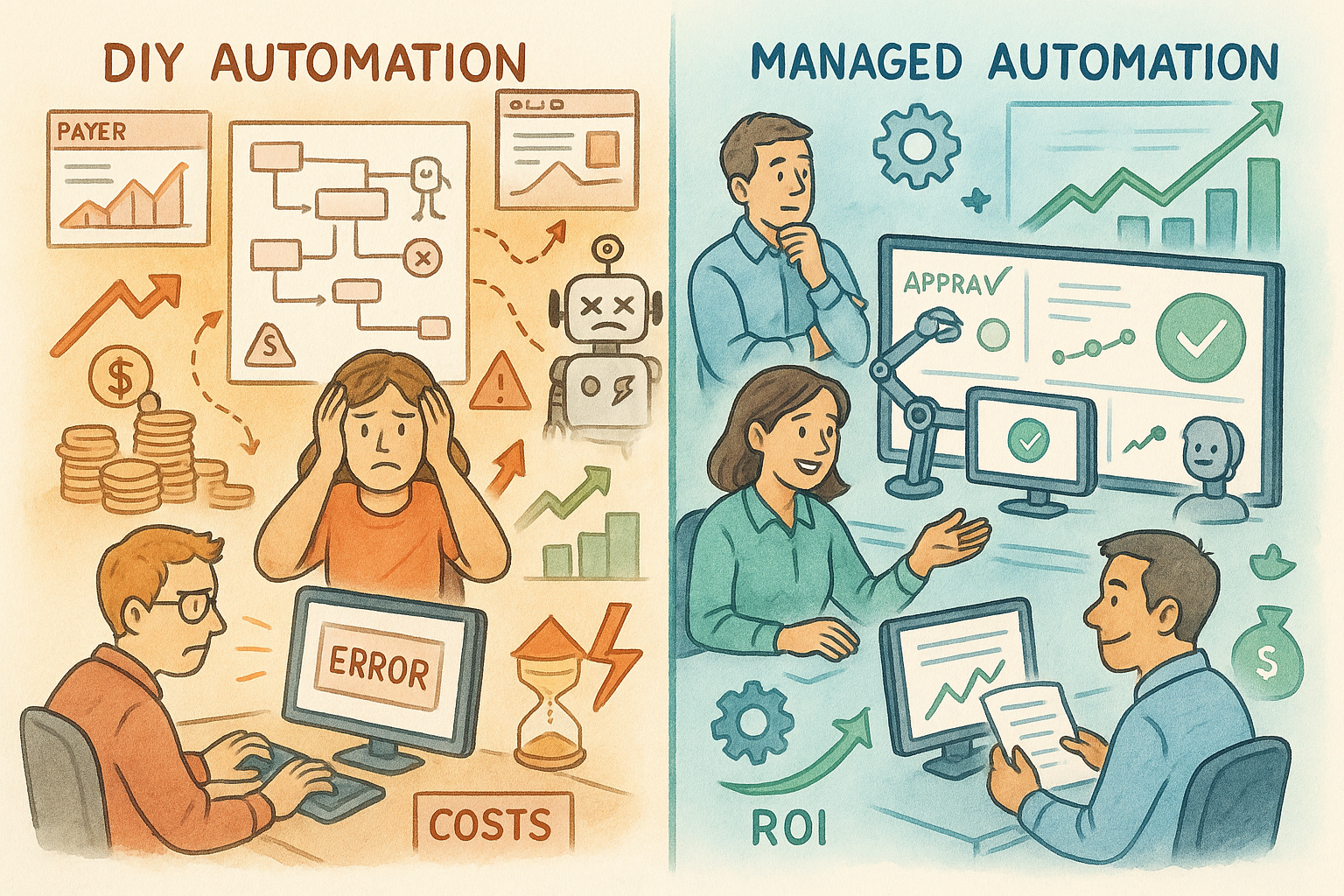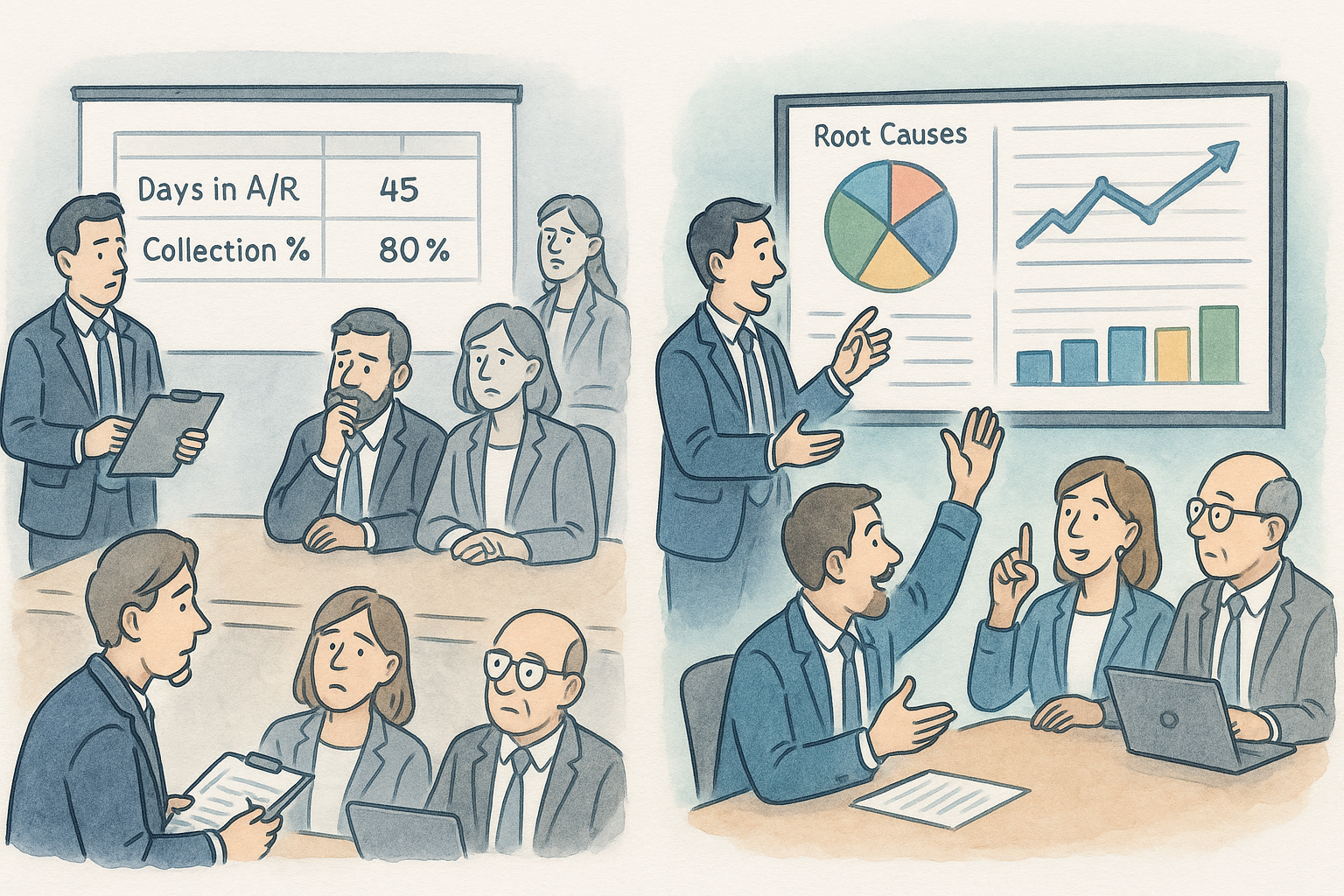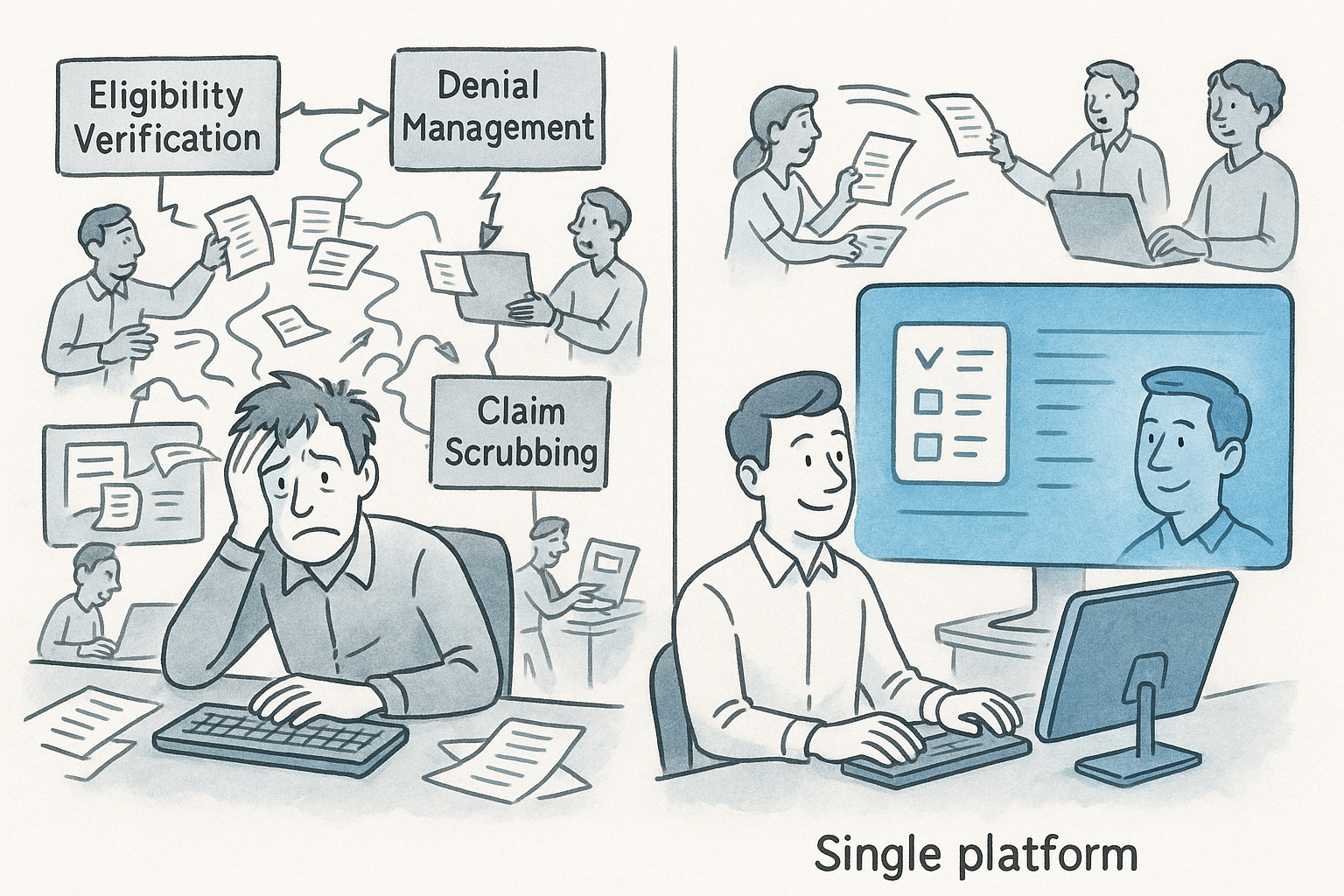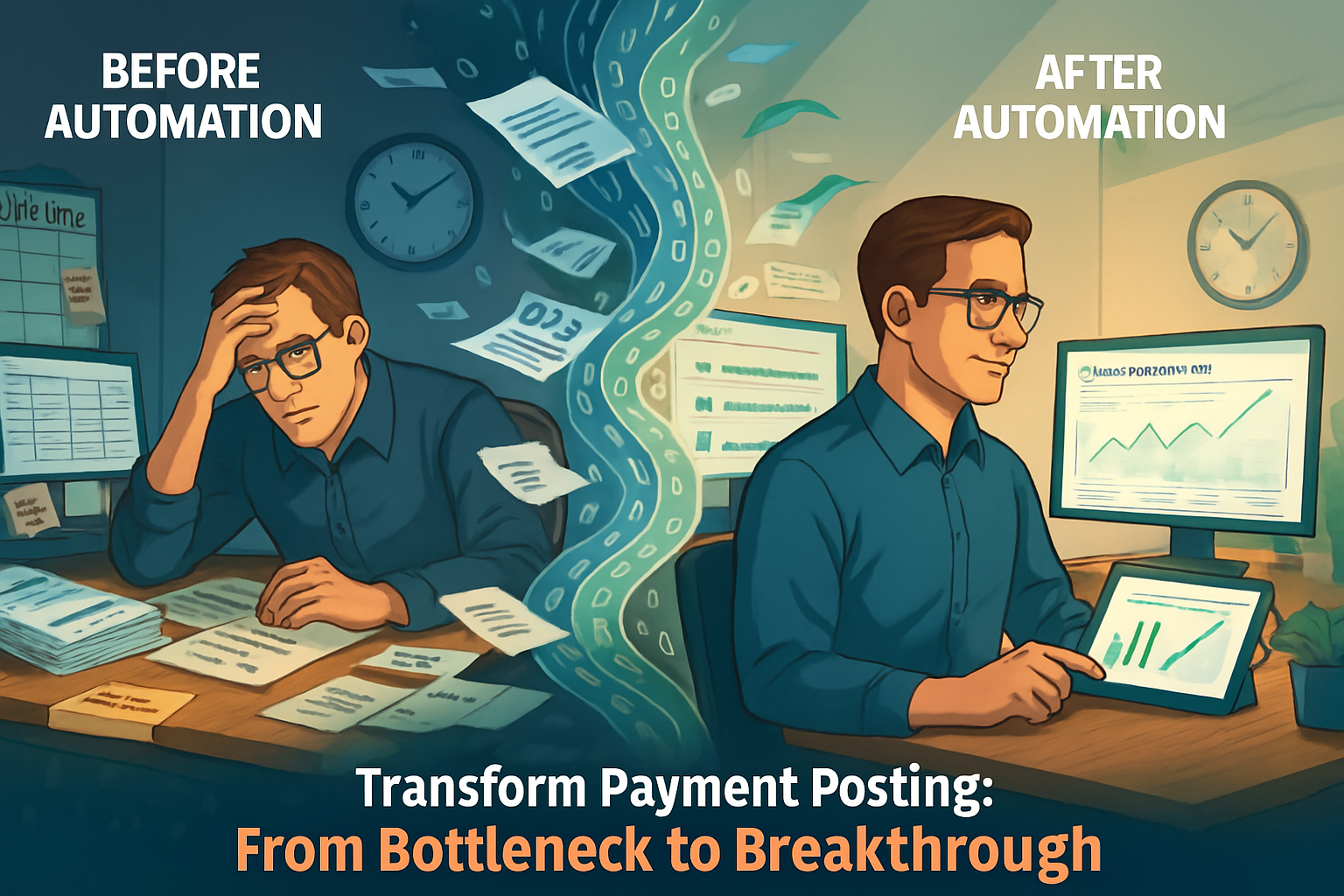Introduction
The healthcare landscape is undergoing a profound transformation, driven by the rapid integration of innovative technologies. At the forefront of this evolution are virtual physician-patient interactions, which are revolutionizing healthcare is delivered and accessed. By leveraging advanced digital platforms and communication tools, healthcare providers can now transcend physical boundaries, significantly enhancing care accessibility and improving patient outcomes. This shift represents a new era in medical care, one that promises to address longstanding challenges in healthcare delivery and pave the way for more efficient, effective, and patient-centric healthcare systems.
The Paradigm Shift in Healthcare Delivery
The transition from traditional in-person consultations to virtual interactions marks a fundamental shift in healthcare delivery methodologies. Historically, patients faced numerous barriers to care, including scheduling constraints, travel requirements, and extended waiting times. These obstacles often led to delayed treatments and decreased patient satisfaction. However, the advent of telemedicine and remote healthcare technologies has effectively dismantled these barriers, ushering in a new era of efficient, patient-centric care delivery. Virtual interactions have transformed the patient experience, allowing for more frequent and convenient consultations. This change not only improves access to care but also enhances the overall quality of healthcare services, marking a significant step forward in the evolution of healthcare delivery.
Key Advantages of Virtual Healthcare
Virtual physician-patient interactions offer a multitude of benefits that are reshaping the healthcare landscape. Enhanced accessibility allows patients to connect with healthcare providers from any location, at any time, breaking down geographical barriers. This is particularly beneficial for individuals with mobility limitations or those residing in remote areas who previously struggled to access quality healthcare. Digital platforms facilitate continuous communication and monitoring, empowering patients to take a more active role in their health management. This ongoing engagement leads to better health outcomes and increased patient satisfaction. Furthermore, virtual care has demonstrated significant potential in reducing healthcare costs for both patients and healthcare systems by minimizing unnecessary visits and hospital admissions, offering a more efficient use of resources. The improved continuity of care enabled by seamless digital communication allows for more consistent follow-ups and treatment adherence, leading to better health outcomes and reduced complications.
Technological Advancements Driving Virtual Healthcare
The rapid evolution of technology has been instrumental in propelling the adoption of virtual healthcare solutions. These advancements have not only made virtual care possible but have also continuously improved its quality and effectiveness. Telemedicine platforms, equipped with advanced video conferencing and secure messaging systems, enable real-time consultations and seamless exchange of medical information. These platforms are becoming increasingly sophisticated, offering features like multi-party video calls for interdisciplinary consultations. Wearable devices such as smartwatches and fitness trackers facilitate remote monitoring of vital signs and health parameters, promoting proactive health management. The data collected by these devices can be directly integrated into patient health records, providing healthcare providers with valuable insights. Additionally, artificial intelligence algorithms are being integrated into virtual care platforms to enhance diagnostic accuracy and optimize treatment planning. From chatbots that can triage patients to AI-assisted image analysis, these technologies are augmenting the capabilities of healthcare providers and revolutionizing the delivery of care.
Addressing Challenges in Virtual Healthcare
While virtual healthcare offers numerous advantages, several challenges must be addressed to ensure its widespread adoption and effectiveness. Data security and privacy remain paramount concerns, necessitating the implementation of robust encryption protocols and stringent data security measures to protect sensitive health information. Healthcare organizations must invest in state-of-the-art cybersecurity measures to maintain patient trust and comply with regulatory requirements. Bridging the digital divide is another critical challenge, requiring initiatives to improve internet connectivity and technological literacy among underserved populations to ensure equitable access to virtual care. This may involve public-private partnerships to provide necessary infrastructure and education. Regulatory compliance also poses challenges, particularly in the context of cross-border healthcare delivery. Streamlining regulatory frameworks and promoting interstate licensure reciprocity can facilitate the seamless delivery of virtual care across borders. Policymakers and healthcare leaders must work together to create a supportive regulatory environment that encourages innovation while protecting patient interests.
Impact on Healthcare Professionals
Virtual care is transforming the roles and workflows of healthcare professionals, offering new opportunities and challenges. Remote consultations offer clinicians greater work-life balance and the ability to provide care beyond traditional settings. This flexibility can lead to increased job satisfaction and potentially address issues of burnout in the medical profession. Telemedicine platforms enable real-time collaboration among specialists across different geographic locations, leading to more comprehensive and effective patient care, especially for complex cases. However, the transition to virtual practice necessitates ongoing training and adaptation to new technologies and communication modalities. Healthcare professionals must embrace lifelong learning to stay current with the rapidly evolving digital health landscape, ensuring they can effectively leverage new tools and platforms to provide the highest quality care to their patients.
Elevating the Patient Experience
From a patient perspective, virtual interactions significantly enhance the overall healthcare experience. The convenience and flexibility of virtual consultations eliminate travel requirements and minimize wait times, allowing patients to schedule appointments at times that best suit their schedules and leading to less disruption in their daily lives. Seamless communication fosters trust and confidence in the patient-provider relationship, enabling patients to easily follow up on their treatment plans and receive timely advice. This continuity of care contributes to better health outcomes and increased patient satisfaction. Furthermore, access to educational resources and self-management tools promotes proactive health management and disease prevention. Patients become active participants in their revolutionizing healthcare journey, leading to increased engagement and better adherence to treatment plans. This shift towards patient empowerment is a key benefit of virtual healthcare, aligning with the broader trend towards more personalized and patient-centric care models.
Future Trends and Innovations
The future of virtual healthcare is rich with possibilities, driven by ongoing technological advancements and changing patient expectations. Advanced AI-driven chatbots will provide instant, personalized health information and triage support, potentially handling routine consultations and freeing up healthcare providers for more complex cases. Virtual reality simulations will enhance patient education and treatment planning, from virtual anatomy lessons to simulated surgical procedures, revolutionizing medical training and patient communication. Innovative technologies will enable more sophisticated remote examinations and diagnostics, with advanced sensors and imaging technologies potentially allowing for complex diagnostics to be performed in the comfort of a patient’s home. The integration of big data and machine learning will facilitate personalized medicine approaches and optimize care pathways. By analyzing vast amounts of health data, these systems can predict health trends and suggest preventive measures tailored to individual patients, further enhancing the effectiveness and efficiency of healthcare delivery.
Conclusion
Virtual physician-patient interactions represent a paradigm shift in healthcare delivery, offering transformative solutions to longstanding challenges. By embracing these technological advancements, healthcare providers can extend their reach, improve access to care, and enhance patient outcomes. As we continue to navigate the revolutionizing healthcare landscape, the integration of virtual interactions will be instrumental in driving innovation, optimizing resource allocation, and ultimately paving the way for a more efficient, effective, and patient-centric healthcare system. The future of healthcare is undoubtedly digital, and organizations that embrace this transformation will be well-positioned to lead the industry forward. By continuously innovating and adapting to the changing needs of patients and providers alike, we can create a healthcare system that is more accessible, efficient, and effective than ever before, setting the stage for revolutionizing healthcare delivery that prioritizes patient needs and leverages technology to its fullest potential.

